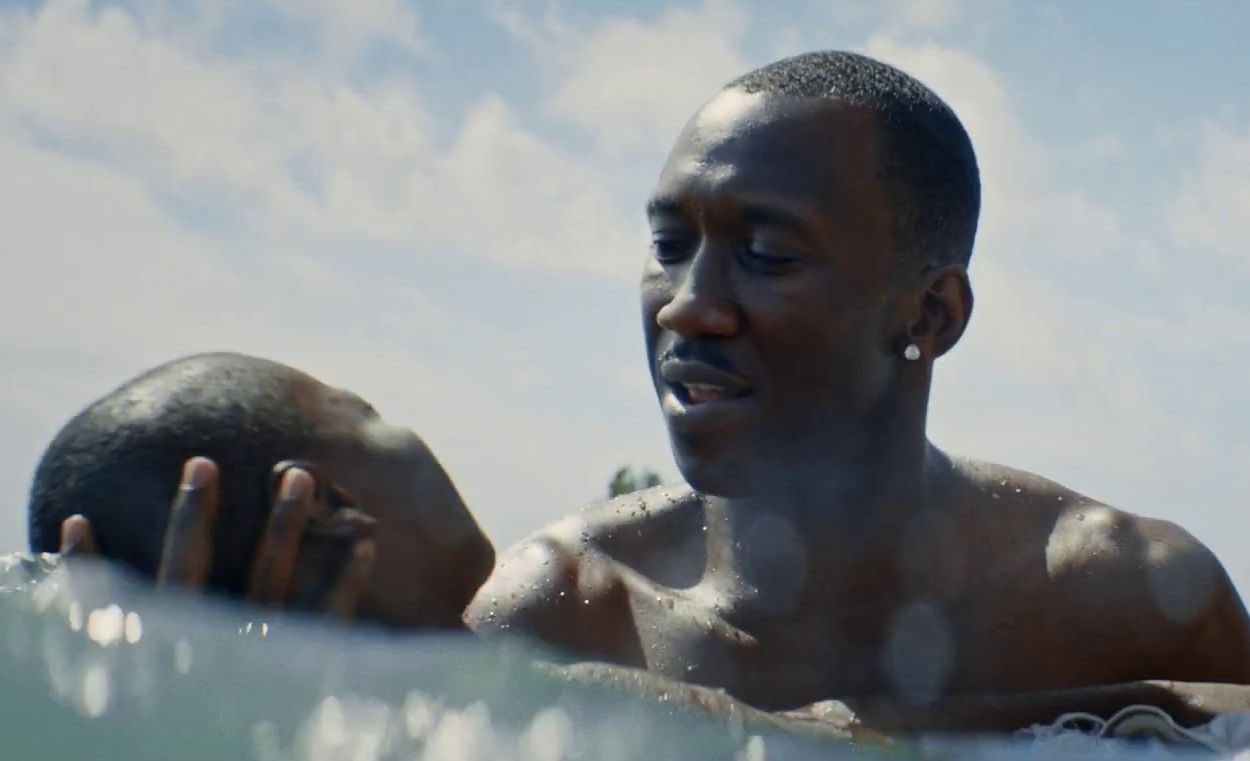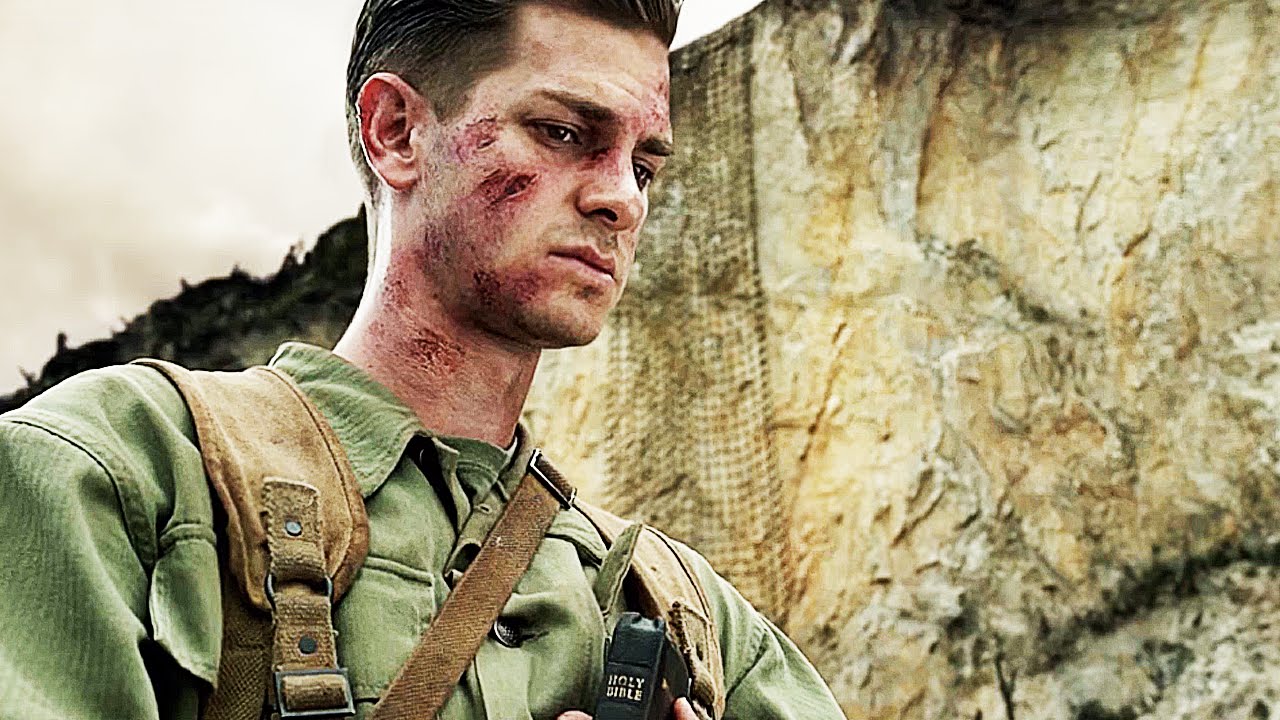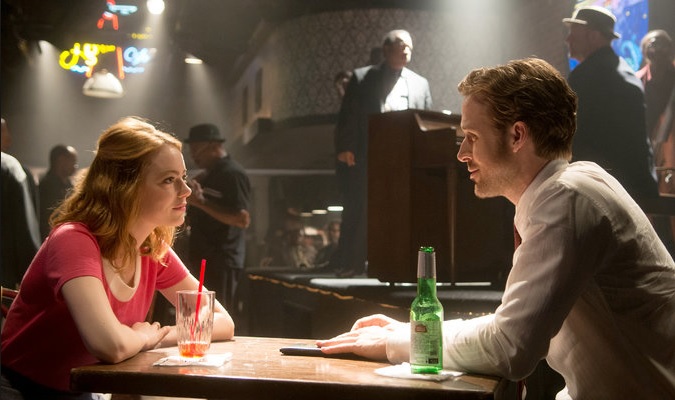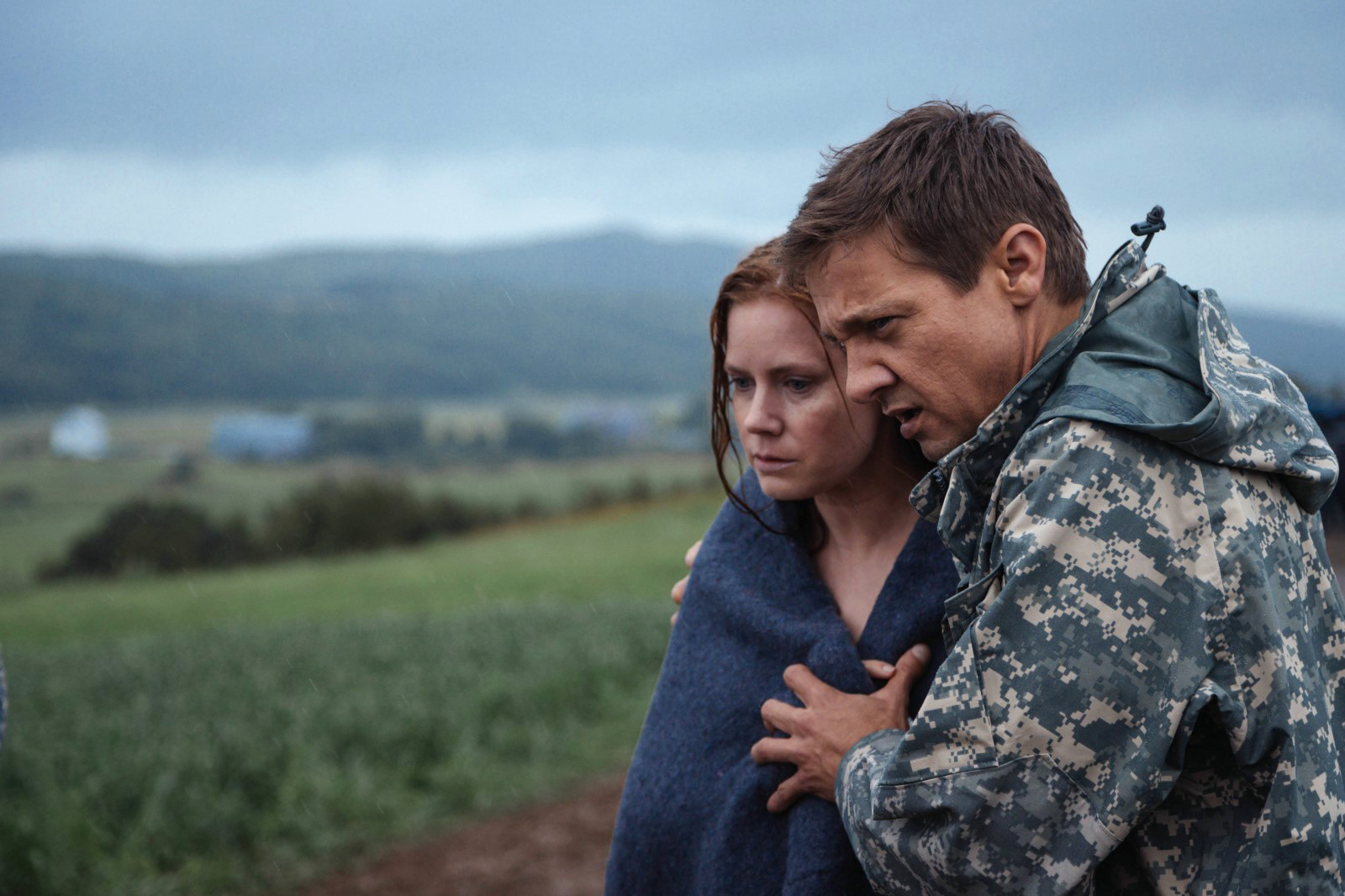4. Moonlight

Though superficially worlds apart, it’s an odd coincidence how many similarities “Moonlight” shares with fellow nominee “Lion” – an unexplored yet fascinating topical subject, a natural yet elaborate visual style, an ambitious decades-spanning tale centered around a lost child growing into a troubled young man – the list goes on, but what’s really impeccable is how superior and involving “Moonlight” is over its competitor.
Following the growing pains of a sensitive and likely homosexual young boy struggling through the macho existence of the Florida ghettos, it quickly drops all its possible crime film trappings and focuses in on an endearing tale of a youth struggling to find love and purpose in his life. Director Barry Jenkins’ lush, fluid, and almost dreamlike style accents this individual tale in just the right pitch.
Mahershala Ali adds another stunning supporting role in what has been a defining year for the actor, but credit must be given to the trio of youths (Alex Hibbert, Ashton Sanders, and Trevante Rhodes) who portray the same character in different time periods, yet they impressively never fail regarding the connecting tissue of the character.
Certainly, it all boils down to a fairly simple tale, but one done with a imaginative eye and a contagious affinity for its subjects.
3. Hacksaw Ridge

Wow, who’d have thought Mel Gibson would ever be let near an Oscar again? Well, it was a subtle comeback year for the unhinged Australian, and while he won some acclaim with his performance in the no-nonsense more-action “Blood Father”, the box office results were dismal. No, it resulted in him stepping back behind the lens to display his true muscular talent – as a director of bombastic, heart-pounding historical epics.
“Hacksaw Ridge” has a surprisingly fresh spin on the well-worn war genre, centered around Desmond Doss (Andrew Garfield), a sworn pacifist who joins the military during World War II – not to fight and kill, but to heal and save.
It makes for an intriguing piece of history that teeters on face-planting into a schmaltzy Christ allegory, but is saved by Garfield’s genuinely purehearted performance and Gibson’s fierce, take-no-prisoners battle scenes. It’s been a awhile since such horrific yet adrenaline pumping sequences have hit the big screen, and the results are flabbergasting. Mad Mel is truly back and exactly where he needs to be – in the director’s chair.
2. La La Land

It’s a common occurrence that when an individual film arrives and becomes showered with critical praise and hype, it suddenly becomes kind of cool to think it sucks. That’s the recent case with Damien Chazelle’s loving follow-up to his stunning breakthrough “Whiplash” (2014), and it’s a shame since those who write this one off are basically missing out on the most refreshing and carefully made movies in the last handful of years.
“La La Land” focuses on two struggling artists (Ryan Gosling and Emma Stone) who fall in love in the Los Angeles wasteland of scuppered dreams. Yet, what happens when one becomes successful and the other one stagnates?
Chazelle tells this all through a lush technicolor lens of old-fashioned musicals (with original tunes by John Legend) and the film has a rare naivety to its proceedings, yet it never squanders its very truthful opinion on relationships between men and women, with a bittersweet taste left after the credits roll.
Stone and Gosling (in their third collaboration together) display fiery chemistry that’s always fun to watch, even as the relationship sours. Yet the most impressive factor is Chazelle proving the talent displayed in his last film was no fluke – with a larger budget, he knocks out some incredibly ambitious sequences that showcase him as a talent that’s here to stay.
1. Arrival

Denis Villeneuve just keeps upping his game at a flawlessly consistent pace – after a handful of interesting Canadian films, he made his American debut with the utterly devastating “Prisoners” (2013), a bleak and horrific spin in the revenge thriller subgenre. Ever since then, he’s been going from strength to strength, recently reaching the ranks of A-lister by taking on “Blade Runner 2049” and attaching himself to a new adaptation of Frank Herbert’s “Dune”.
Sci-fi appears to be the world where he will live for the next half-decade, but before “Arrival” it was uncharted territory for him – at least from this film’s results, we can conclude he’s found a welcome new home.
Taking on that tired old concept of aliens making first contact, “Arrival” surprisingly manages to revitalize its old ideas at play with a look and approach like no recallable sci-fi – its overcast, earthy visual palette and thoughtfully intimate style make it stand out from the pack.
If there was an obvious influence, Villeneuve seem like a fan of Kubrick, making a ‘thinking man’s sci-fi’ with a sparse, observational perspective and where every aspect, from its effects to its production design, has been carefully planned and executed.
Yet his movie is never clinically cold towards its subject like his inspiration’s preference; in fact, the viewer becomes so intertwined into protagonist Amy Adams’ journey and her fluid drift through past memories, that they need a subtle twist at the end to bring us back to the forefront.
After four incredibly dark movies about the worst in humanity, Villeneuve has switched gears for a story that’s endlessly hopeful, examining the power of love even in the light of loss. Said film has seen received some backlash from certain viewers expecting “War of the Worlds 2: Electric Boogaloo”, but if one watches this with a open mind, they’ll be rewarded with a moving and magical spectacle like no other in recent memory.